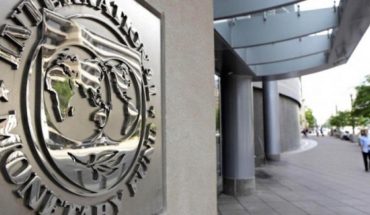the cramps are involuntary contractions and it is surprising that they are characterized by a sharp pain in one or more muscles. This discomfort increases its prevalence during the summer, time where high temperatures dilate the veins and dehydration leads to major losses of electrolytes like magnesium, potassium and calcium.
“Although it is difficult to define a risk group, the query for this problem is more common in women, increasing with the pregnancy, age, physical inactivity and overweight”, explains the vascular surgeon’s clinic Vespucio Claudio Vallejos.
Other risk factors include clamping or using excessive muscle, compressing nerves – what is associated with a lesion of the spine or a “pinched” nerve in the neck or back-, muscles with low blood supply, use of certain medications hormonal disorders, and dialysis.
“These muscle discomfort are more frequent in adults in children, patients who experience daily symptoms annoying enough to give rise to the application of medical care are impressive to be increasing,” details the specialist.
Depending on the cause and type of discomfort, will consider what is the appropriate treatment for each patient. If the cramps are caused by a deficit of electrolytes (potassium, calcium and magnesium), it is necessary to adapt the diet and hydration, increasing their consumption in the regulated form without exaggeration.
If the pain associated with venous insufficiency, symptoms ease with the use of elastic stockings, correction of a possible overweight, avoiding direct heat.
Prevention to prevent these muscle contractions, it is important to take into account the following recommendations: stretch the muscles before and after exercise.
If you have cramps in legs at night, stretching the muscles in the affected area.
Perform consistent physical activity conditions, in a progressive way to not get stressed muscles.
Hydrate with water, not fancy drinks. If you make intense exercise if the environmental temperature is very high, sports drinks can help replace lost electrolytes.
Cramps and varices in patients with varicose veins and venous insufficiency of the lower limbs, consultation by cramping is common, but the real association between them is weak and rare.
“We must bear in mind that the venous insufficiency has high prevalence, reaching affect 30-40% of the population, so it is not rare that there is a coincidence”, warns Dr. Vallejos.
It is easy to confound, cramp with oppressive and annoying pain that these patients feel in the legs at the end of the day. This discomfort is very common in venous insufficiency, it is not a real cramp.
translated from Spanish: Why are the cramps more common in summer?
January 29, 2019 |





